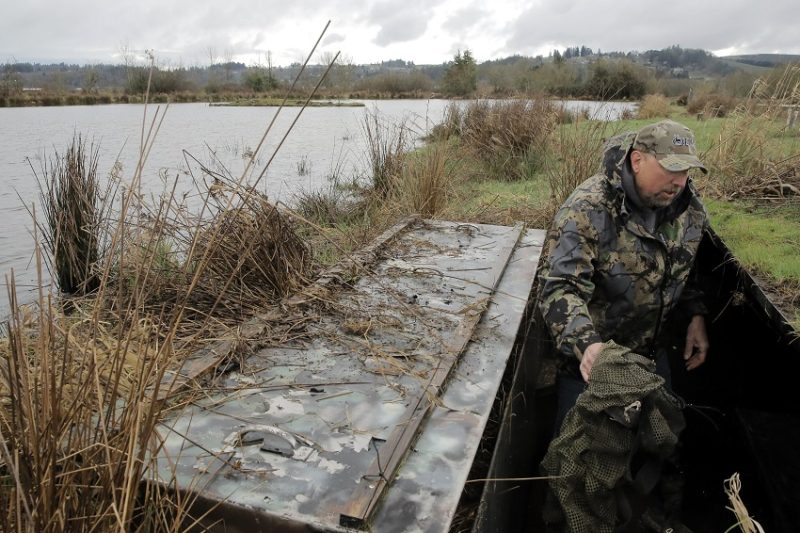Medford, Ore. — Authorities in Oregon are grappling with the growing misuse of thermal imaging devices in illegal hunting activities. These high-tech tools, which detect heat signatures, provide hunters with an unfair advantage by making animals visible in low-light conditions or through cover. The increasing prevalence of these devices has prompted concerns from both wildlife officials and the broader hunting community.
Mathew Vargas, a wildlife biologist with Oregon Fish and Wildlife’s Rogue District, explained that thermal scopes enable hunters to spot animals even when they are camouflaged or hiding in dense cover. “When you look at them through a thermal scope, they’re going to glow white or red, or whatever the settings are, and just, no matter the brush, no matter if they’re crouched down, hiding in tall grass, whatever, they’re just going to stick out and glow like a candle out there,” Vargas said.
The use of thermal imaging for hunting is strictly prohibited in Oregon, as it undermines the concept of fair chase, which is a cornerstone of both Oregon’s wildlife management and the ethical hunting community. Vargas emphasized that wildlife has evolved to use natural camouflage and other defenses, making the use of thermal imaging an unfair advantage.
Enforcing the ban on thermal imaging has proven challenging for authorities. While it is not illegal to possess a thermal scope, it becomes unlawful when used to hunt. Oregon State Police Fish and Wildlife troopers are tasked with catching offenders in the act, a difficult feat given the covert nature of illegal hunting activities.
Vargas believes that this issue is widespread across the state, suggesting that the challenge lies in identifying those involved. “My guess is, it’s an issue everywhere, and it’s just a matter of finding the people doing it,” he said.
The problem is sometimes linked to other unlawful activities, such as spotlighting at night or trespassing. In a December operation in Clackamas County, Oregon state police arrested 13 individuals who were found illegally using thermal imaging devices to hunt big game. During the operation, authorities seized 14 infrared thermal imaging devices, a rifle, and four deer after months of investigation.
The Oregon Department of Fish and Wildlife is urging the public to report any suspicious activity. Vargas emphasized the importance of the hunting community in helping to address the issue. “There’s a lot of benefits to having the hunter community be on our side and give us tips and information and call things in that look suspicious,” he said.
Residents are encouraged to report any suspected illegal hunting to the Turn In Poachers (TIP) Line at 1-800-452-7888 or by dialing *OSP (*677) from a mobile phone.
As thermal imaging technology becomes more advanced, wildlife officials are facing increasing challenges in safeguarding Oregon’s wildlife and preserving the ethical standards of hunting.

